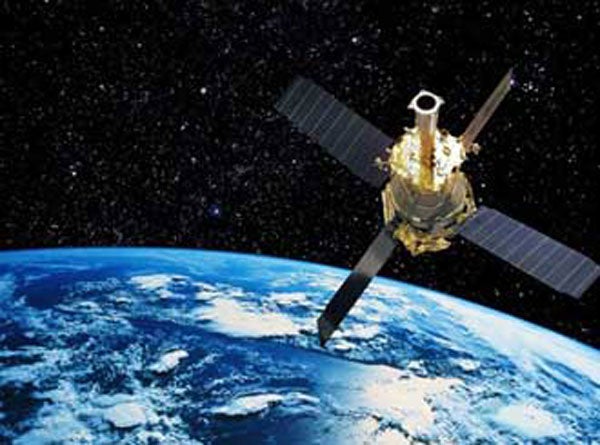We are constantly learning more about objects in the solar system and about microbial life on our planet. We now think there are only a few bodies where any kind of Earth-like life could survive; hospitable worlds, like Mars, Europa, and Enceladus, are protected quite carefully, but there are no restrictions for going to others, like comets, Venus, or Mercury.
Today, protecting Mars includes cleaning spacecraft, like the Mars Science Laboratory, very carefully before they launch to ensure that only a small number of Earth microbes, fewer than are on your hand, could get to the Red Planet. We now believe that this small number of microbes would find it extremely difficult to grow on Mars because the surface conditions there are too harsh for most Earth microbes to survive.
NASA engineers not only cleaned the first Mars lander missions (the Vikings) but also baked them in an oven to make sure no Earth microbes were alive on the landers’ surfaces. However, building spacecraft that can tolerate this level of heat is difficult.
Early missions taught us more about Mars, and the international scientific and planetary protection community determined that the small risk of contamination was worth the extra benefit of sending more complex and powerful rovers.
For a planetary mission to be certified for launch, NASA performs a careful analysis of mission activities to demonstrate that the chance of contaminating another object in the solar system is very low. — Catharine A. Conley, Planetary Protection Officer, Science Mission Directorate, NASA Headquarters, Washington, D.C.
How can scientists be sure that the space probes they send to the planets and other celestial objects aren’t contaminating these worlds?
Frank Viggiano, New City, New York
This is an important question for anyone wanting to study life in our solar system, and it was of international concern even before we started exploring space. The Outer Space Treaty enacted in 1967 requires “planetary protection” — that countries take appropriate precautions when exploring space or bringing samples back to Earth.










